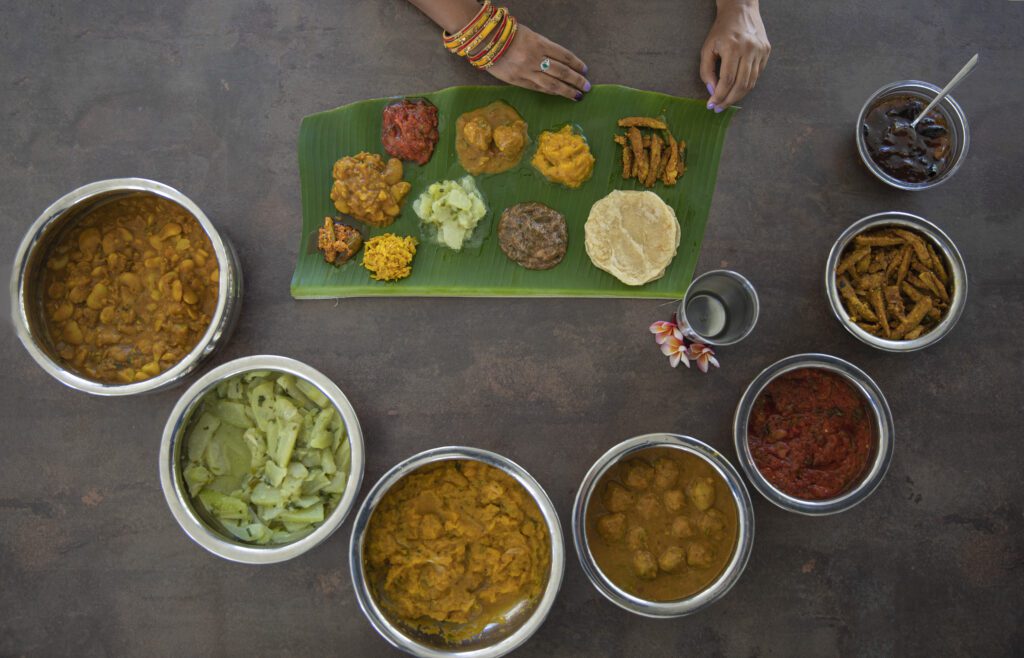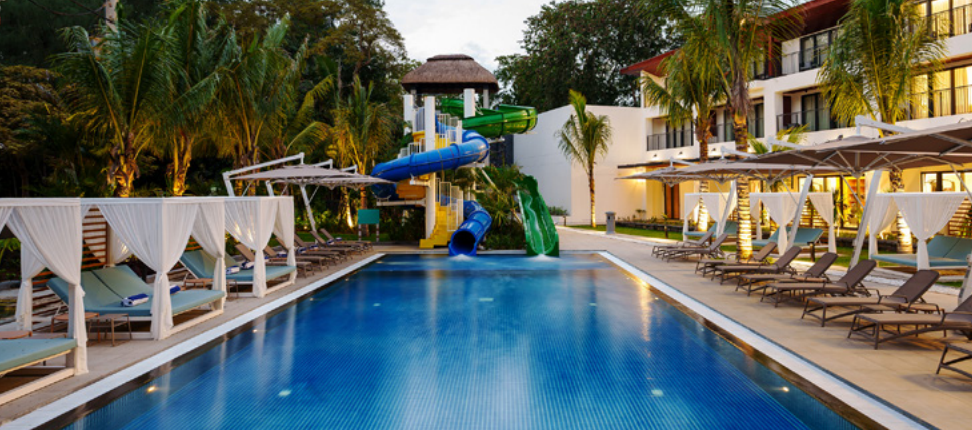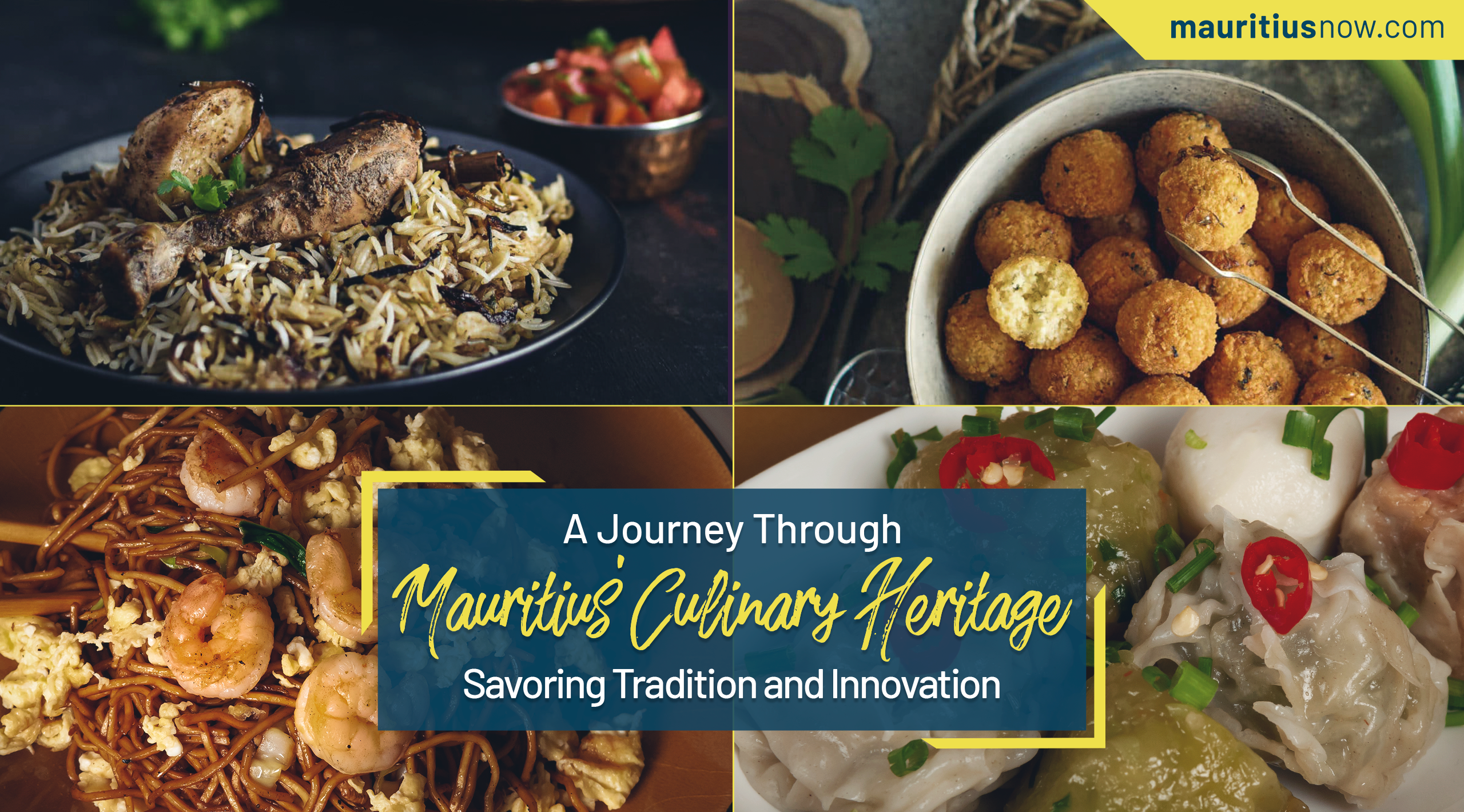
The Art of Unwinding: How Mauritius Redefines Relaxation
In a world that thrives on fast lanes, five-minute meals, and one-click purchases, there’s something almost radical about slowing down. Truly slowing down, inhaling deeply and savouring a pause is all possible in Mauritius—an island that redefines what it means to unwind.
Because Mauritius isn’t just a destination. It’s a rhythm. A place where time doesn’t rush; it flows, like waves on the shore.
Let’s step into a side of Mauritius that doesn’t shout—but whispers. A side that draws you in gently and makes you forget the urgency of modern life. Here’s how this soul-soothing island teaches the forgotten art of truly being present.
Morning Light and Fishing Nets: Life at First Light
The day begins not with an alarm clock, but with the hush of tides and the golden stretch of dawn. In Grand Gaube or Tamarin, life stirs gently as fishermen push their boats into the water. Their routine is slow, deliberate—anchored in tradition and tide.
Watch them as they head out with the tide, preparing nets and gear with the precision of those who’ve done it for generations. Observing their methodical pace and quiet focus offers a rare glimpse into a way of life that remains deeply connected to nature. It’s a moment of calm in a fast-moving world—and a reminder of the value of patience, rhythm, and respect for the sea.
There’s no better way to learn stillness than to witness it lived so effortlessly.
Soul in a Saucepan: Mindful Cooking with Locals

While the island is home to award-winning restaurants and luxury dining, to truly experience its soul food, there’s nothing quite like stepping into a local kitchen.
Join a Mauritian family for a hands-on cooking session, often organised through community tourism initiatives in places like Mahébourg, Chamarel or Pamplemousses. You’ll start by picking fresh herbs like thyme, coriander and curry leaves from the garden, and learning how local staples like chilli, turmeric, and masala blends are used across different cultures—Creole, Indian, Chinese and French.
Prepare classic dishes like rougaille or vindaye poisson, guided by recipes passed down through generations. As you clean the fish, stir the sauce, and plate the final dish, you’ll gain insight into not just how Mauritians cook, but why they cook the way they do.
In this kitchen, time slows to a simmer, and you learn that food isn’t just fuel—it’s a memory made with every stir.
Golden Silence: Sunset Kayaking in the Mangroves
If you’re looking for a peaceful way to connect with nature, sunset kayaking through Mauritius’s mangroves is an experience worth carving out time for. One of the best places to do this is in the north-east, around Grand Gaube or Amber Island, where local tour operators offer guided kayaking tours suitable even for beginners.
You don’t need any prior experience—after a short safety briefing and basic paddling tips, you’ll glide gently into the calm, shallow waters surrounded by centuries-old mangrove forests. These natural buffers not only protect the coastline, but also shelter a rich ecosystem. Keep an eye out for herons, egrets, and even rare migratory birds during the right season. You might also spot crabs crawling along the tangled roots and small fish darting just beneath the surface.
As the sun begins to set, the sky turns gold and the waters reflect its glow. The only sounds are the rhythm of your paddle, the rustle of leaves, and the occasional call of a bird heading home. It’s a quiet, meditative moment—and a gentle reminder of the island’s wild, untouched beauty.
Most tours last around 1.5 to 2 hours and can be booked through eco-tour companies or local guides in Grand Baie, Grand Gaube or via conservation projects around Île d’Ambre.
Art in the Everyday: Local Rhythms and Crafts
In the heart of local markets and artisan villages, away from the tourist-heavy promenades, you’ll discover a different kind of treasure—craftsmanship rooted in history and heart. At places like the Mahébourg Market or the Goodlands Market, artisans display wood carvings, handwoven baskets, and colourful textiles made the traditional way—slowly, and with care.
For a deeper experience, visit the Eureka House Craft Market in Moka or the artisan village of Pointe aux Piments, where you can meet makers in their small studios and see how ebony wood, volcanic stone, raffia, and cane fibre are transformed into beautiful, functional works of art. Each piece comes with a story—about family traditions, island culture, and a commitment to handcraft over haste.
These aren’t just souvenirs—they’re keepsakes with soul. And in witnessing the process, you’ll gain a new appreciation for the time, patience, and pride it takes to create something by hand.
Cycling Through Mahébourg
Hop on a bike—not for a race, but for discovery. In Mahébourg, a historic town in the southeast of Mauritius, cycling offers the perfect pace to soak in local life. The streets here are wide, relatively flat, and easy to navigate, making it ideal for casual riders. You can rent sturdy bikes from local operators like Explore Nou Zil or through guesthouses in the area, often for a half- or full-day fee.
Set off from the town centre and you’ll soon pass rows of colourful Creole houses, colonial-era architecture, and local bakeries wafting out the scent of fresh faratas and gateaux piments. Most routes are between 5 to 10 km, depending on how far you want to go, with the Mahébourg Waterfront, Notre Dame des Anges Church, and the Naval Museum offering scenic and cultural pit stops.
The occasional wave from a child, a friendly offer of street food, or an impromptu chat with a local vendor becomes part of the journey.
Fireside Flavours: Slow Cooking in the Countryside
The southern and central highlands of Mauritius—around areas like Chamarel, Bel Ombre, and parts of Moka—offer a glimpse into the island’s rural heart, where flavours are born not in restaurant kitchens, but over firewood in open courtyards.
Join a local community and step into a world without gas stoves or electric timers. Here, meals are cooked over firewood, in heavy pots, under a sky wide with stars.
Fish is marinated in spices pounded by mortar. Curries are stirred slowly, tasting as they go, adjusting by instinct not recipe. You help chop, stir, laugh, share stories.
There’s a reverence in the way they cook—like every dish is a thank you to the land. It teaches you something vital: slowness isn’t about laziness. It’s about care.
Nightfall and Sega: Music of the Heart

After the meal, the fire remains. And so does the music.
This is traditional Sega—raw, rhythmic, and deeply rooted in Mauritian identity. Locals gather with ravannes (goat-skin drums), maravans (rattles), and unfiltered voices that carry generations of history and emotion. The beat begins gently, then builds into something hypnotic—pulling you in, whether you’re dancing or just swaying in place.
For an authentic experience, skip the tourist hotel shows and head to community-led gatherings in villages like Chamarel, Le Morne, or Rivière Noire, where Sega nights are often hosted as part of cultural events or dinner evenings at eco-lodges and family-run guesthouses. You can also check out Sega performances organised through local heritage tours, which aim to keep the tradition alive in its most genuine form.
This isn’t a staged performance. It’s a pulse—shared, felt, and unforgettable.
Rochester Falls: Stillness in Motion
When the sun rises again, it’s time to head inland—towards the lush, unspoilt south of Mauritius. Just outside the town of Souillac, you’ll find Rochester Falls, one of the island’s most picturesque yet under-visited natural spots. Getting there requires a short detour off the beaten track, followed by a 15–20 minute walk through sugarcane fields—a small adventure that only adds to its charm.
Unlike the dramatic height of some waterfalls, Rochester Falls is all about texture and atmosphere. Water cascades gently over striking rectangular basalt columns, sculpted by centuries of volcanic activity and erosion. It’s these unique rock formations that make the falls such a standout—the only one of its kind on the island.
Bring a towel and your sense of spontaneity: the natural basin below is perfect for a refreshing dip, and you’ll often see local teens performing bold somersaults from the rocks into the water below. It’s a place that feels alive with rhythm, yet peaceful enough for a quiet picnic or moments of reflection by the edge.
There are no entry fees, no ticket booths—just nature in its raw, generous form. And perhaps that’s why it feels so special. Rochester Falls doesn’t ask for attention—it earns it.
If you wish to explore more waterfalls in Mauritius, check out our blog here for the island’s best cascades.
Mauritius doesn’t just give you space to breathe. It teaches you how to listen, watch, and taste. In its villages and valleys, kitchens and coastlines, the island invites you to be—not more, not better, just be. In chasing less, you discover more.So if your soul has been sprinting, maybe it’s time to step into the gentle sway of Mauritius. You won’t just return relaxed—you’ll return rewired. Because here, in the art of unwinding, lies the secret to truly living.







Leave a Reply